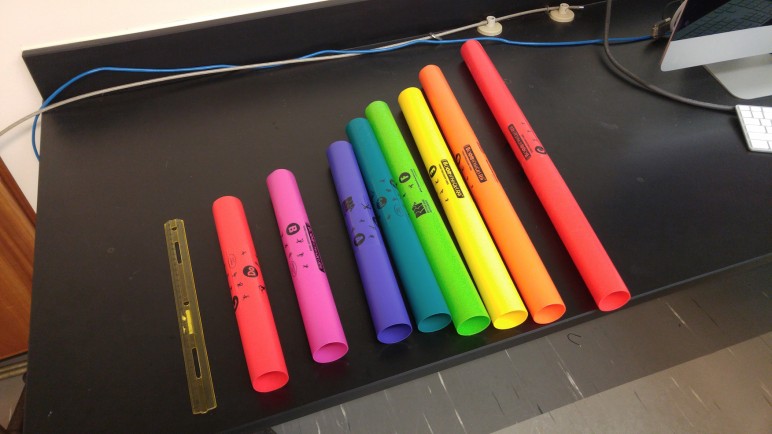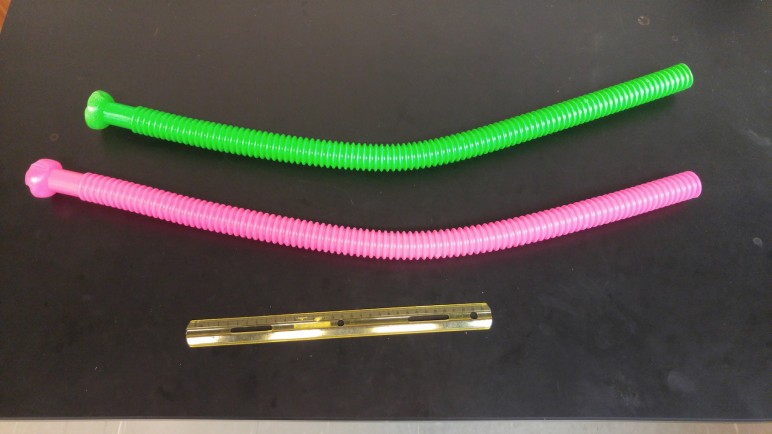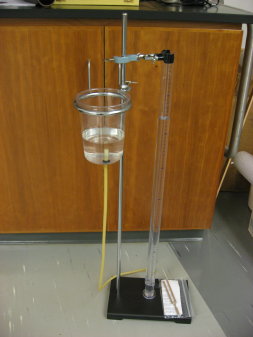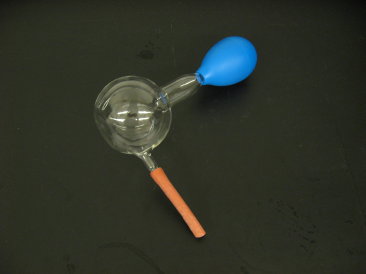Skip to content


- Length of each tube determines tube’s resonance pitch. The longer the tube the lower the pitch. Tone produced by whacking a tube reveals its note of resonance. Resonance pitch can be changed by attaching the plastic end-cap.
- For additional demo ideas and see: boomwhackers
- Located in L02, section C2.


- Hold handle-side of tube securely and twirl around rapidly in a circle. Tube makes a whistling sound that can be heard long distances, resulting from standing pressure waves that set up in the tube. Pitch of whistle depends on twirling speed, however, because only standing waves produce a whistle, the pitch of the whistle goes from one octave to the next in discrete jumps. See: sound pipe document for further explanation.
- Can also use tube to demonstrate Bernoulli’s principle. Pressure difference between tube ends results from faster motion of outer end. Pressure differential produces air flow through tube. Stationary end of tube (handle end) acts as a vacuum and will suck up small pieces of paper when outer end is twirling.
- Located in L02, section C2.


- Measure speed of sound by placing tuning fork near open end
of tube and adjusting water level to find resonance.
- Located in L02,


- Fill the rubber bulb with water, squeeze it slightly and
then release it suddenly, keeping rubber tube clamped. A dense cloud is released
from the rubber bulb.
- Located in L02, section C3.







